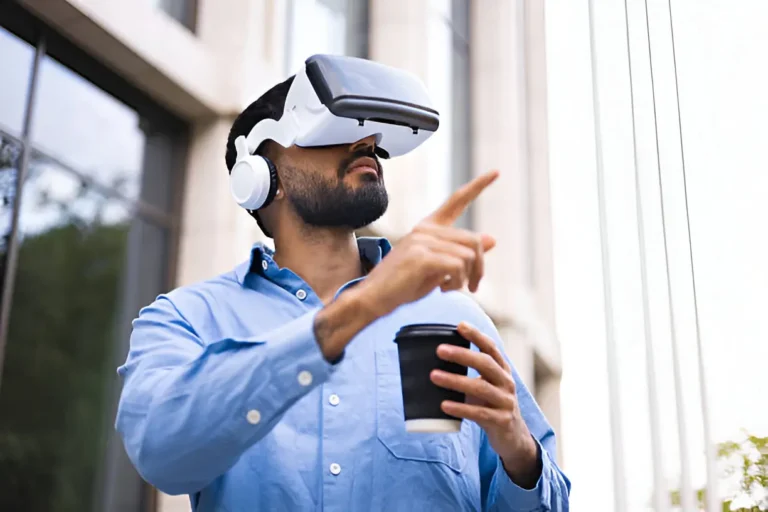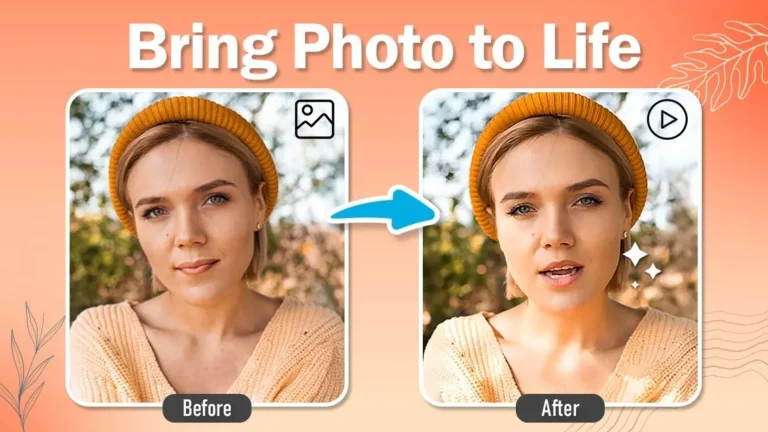Reinventing Video Editing: The Impact of AI on Content Creation
The world of video editing has undergone a seismic shift in recent years, largely due to the rise of artificial intelligence (AI). What once took hours—or even days—of manual editing can now be done in minutes using AI-powered content creation tools. From identifying highlights to cleaning up audio and automating subtitles, AI in video editing is transforming how content is created, making it faster, smarter, and more accessible to creators of all skill levels.
Whether you’re a YouTuber, podcaster, educator, or marketing professional, learning how to edit video with AI can unlock new levels of productivity and creativity. In this article, we’ll explore how AI is revolutionizing video editing, what challenges still remain, and what the future holds for this exciting technology.
How AI Works in Video Editing
AI has introduced powerful automation and intelligence into the video editing process. Here are the key ways it’s changing how we edit video with AI:
1. Automatic Highlight Detection
One of the most time-consuming tasks for content creators is going through long footage to find the best moments. AI now solves this with automatic highlight detection, saving hours of manual review.
Example:
Gaming content creators, for instance, often record gameplay sessions that last for hours. AI can scan these recordings, identify peak moments—like action sequences or high scores—and generate highlight reels instantly. This means more time creating content and less time sifting through footage.
AI does this by analyzing audio spikes, visual changes, crowd reactions (in sports), or even chat messages on live streams to pinpoint key moments.
2. Smart Subtitles and Transcription
Transcribing video content or adding subtitles manually is tedious and prone to errors. AI-powered transcription tools automate this process with impressive accuracy and speed.
Example:
Imagine a university professor who records lectures for remote students. AI can automatically generate subtitles and full transcripts of the recorded sessions, making the content more accessible and searchable. Similarly, businesses can use this feature to transcribe meetings or webinars for internal documentation.
Tools like Descript, Otter.ai, and Adobe Premiere Pro’s Speech to Text feature offer real-time transcription and even allow you to edit video by editing the text.
3. Noise Reduction and Audio Enhancement
Poor audio quality can ruin an otherwise great video. Fortunately, AI in video editing includes tools that can enhance sound quality by reducing background noise and improving voice clarity.
Example:
Podcasters and vloggers often record in less-than-perfect environments. AI tools can remove background noise—like fan hums, traffic, or distant conversations—without affecting the speaker’s voice. This is a game-changer for creators working from home or on the go.
Tools like Adobe Audition, Krisp, and even free online apps use AI to clean up audio in just a few clicks.
4. Template-Based Editing
Template-based editing is another area where AI shines, especially for social media creators who need to produce content quickly and consistently.
Example:
Vloggers and influencers can use AI editing tools that offer pre-designed templates. With one click, the software can analyze your raw footage, apply the template, add transitions, background music, and even captions—delivering a ready-to-post video in minutes.
Apps like Magisto, Lumen5, and Clipchamp make this kind of AI-driven, template-based editing accessible to creators with no prior editing experience.
Challenges and Considerations of AI Video Editing
While AI-powered content creation is revolutionizing the industry, it’s not without its challenges:
- Accuracy Limitations: AI-generated subtitles and highlight detection are improving but still prone to errors, especially with multiple speakers or background noise.
- Creativity Constraints: AI lacks the artistic intuition of a human editor. Over-reliance on templates can lead to generic content.
- Privacy & Security: AI often requires cloud-based processing, which can raise concerns about data privacy for sensitive content.
- Cost & Access: While some tools are free or affordable, professional-grade AI video editing software can be expensive and require powerful hardware.
Understanding these limitations helps creators make informed decisions about when and how to use AI effectively.
The Future of AI in Video Editing
The future of AI in video editing looks incredibly promising. As machine learning models become more advanced and datasets more diverse, we can expect:
- Real-Time Editing: Soon, AI might allow for real-time video editing as content is being recorded.
- Emotion-Based Editing: AI could analyze facial expressions, tone of voice, and audience reactions to create emotionally impactful edits.
- Voice Command Editing: Imagine telling your software, “cut out awkward pauses” or “highlight the funniest moments,” and having it done instantly.
- Personalized AI Assistants: Editors might soon have virtual assistants that learn their editing style and offer intelligent suggestions based on past projects.
These developments will continue to blur the line between creator and editor, making content creation more democratic and efficient.
Conclusion
AI is not just a buzzword—it’s a practical, powerful tool that’s transforming how we create and edit video content. Whether you’re a professional filmmaker or a casual content creator, leveraging AI can drastically reduce your editing time and improve your content quality.
From automatic highlight detection for those who record gameplay, to noise reduction tools that remove background noise, AI is proving to be more than a trend—it’s the future of video editing.
While there are still challenges to consider, the benefits of AI-powered content creation are undeniable. The key is to use AI as a collaborator, not a replacement—letting it handle the repetitive tasks so you can focus on creativity.
So, whether you’re looking to edit video with AI for your next YouTube upload, streamline your business content, or enhance your podcast quality, there’s never been a better time to embrace the world of AI video editing.
Also Read-Understanding Digital Twin Technology: Revolutionizing the Digital and Physical Worlds






